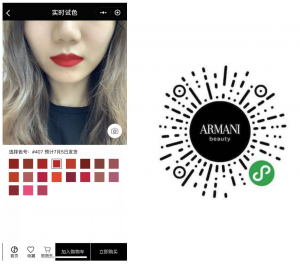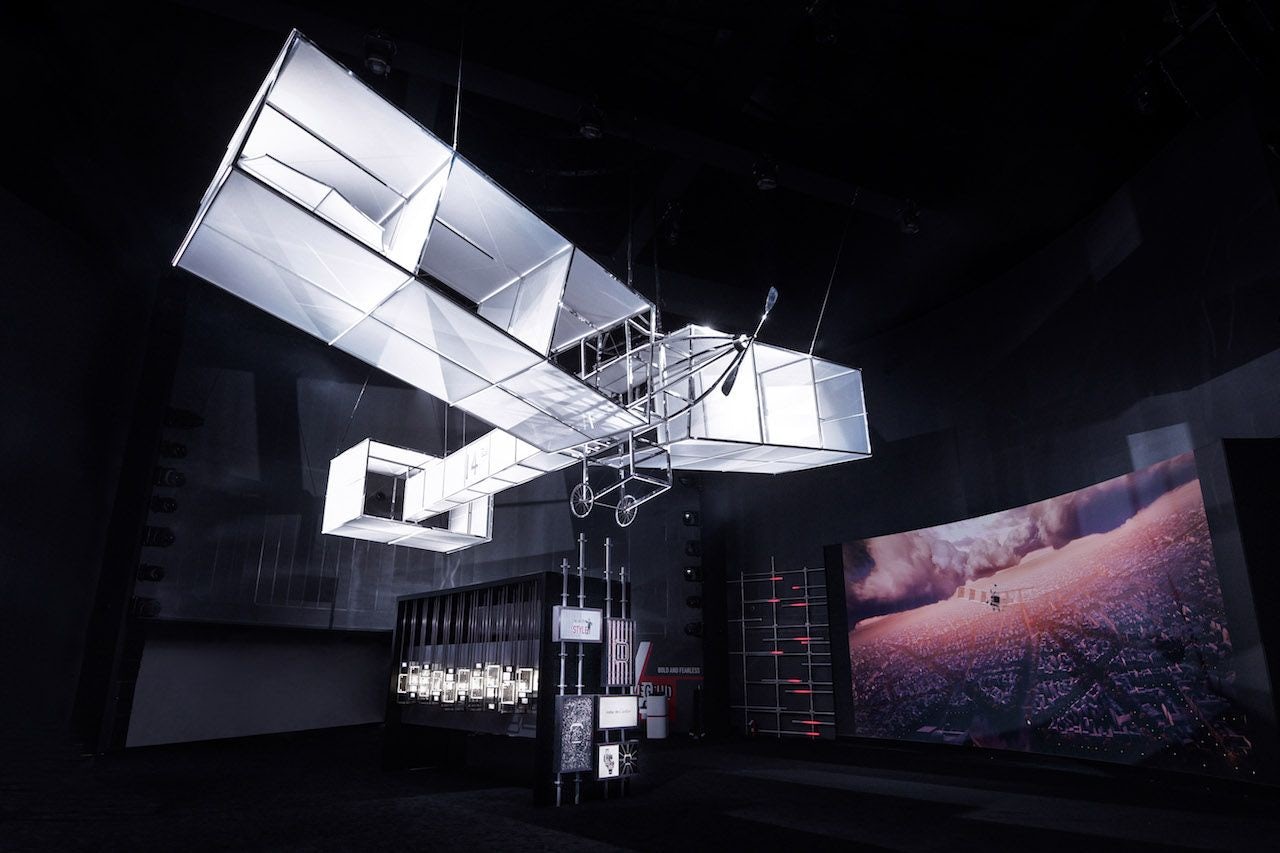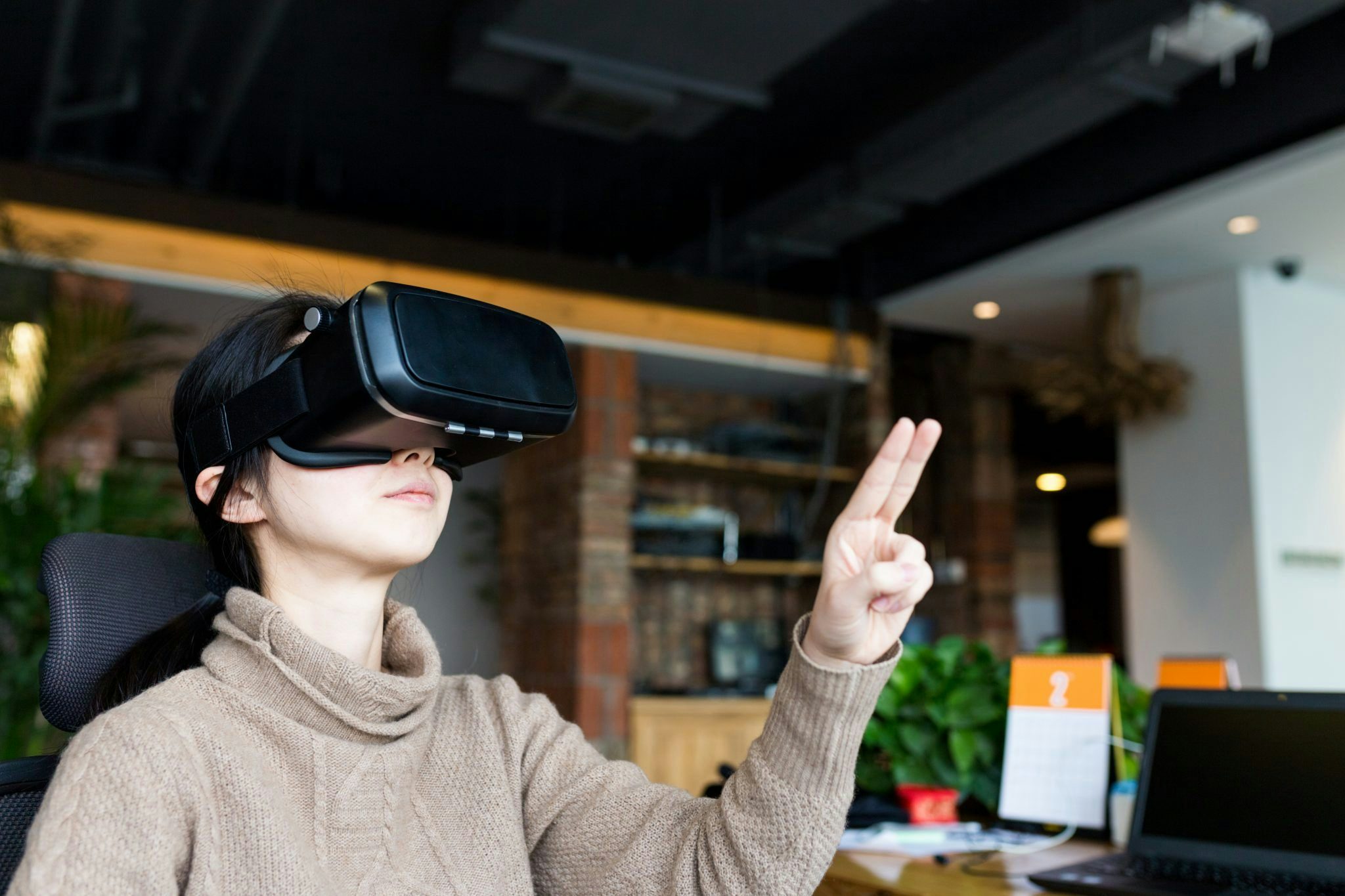Virtual try-on makeup is not a new concept. The technology has long been used by retailers like Sephora, but to do so a store visit was required. Now, however, a new technology breakthrough from a WeChat app allows consumers the same virtual “try-on” experience anywhere through their mobile phones.

The cosmetics line under the Italian house Armani, in partnership with L’Oreal, was the first luxury brand to debut an AR Mini Program on WeChat. Powered by Modiface from L’Oreal, consumers could virtually try on all 23 lipstick shades (each is priced at 310 yuan, about 45), and have the option to put into a shopping cart or place an order right away, and all within the WeChat ecosystem. Described as the “Try Now Buy Now” model, this option is only available for users with WeChat 7.0.5 version and is supposed to offer a closer to reality and easier to use option than having to upload a picture to see the final effect. To unlock this feature, brands still need to partner with a third-party AR solution service and have a WeChat Mini Program.
One of the biggest advantages of the WeChat Mini Program is that you can use it without downloading any extra apps, making it a convenient tool for luxury brands to deliver new experiences. And AR technology offers a natural stimulation, be it virtual try-on of new footwear, handbags, accessories, jewelry, or even to showcase an exhibition entirely online. There’s plenty of room for imagination and innovation, to be sure. For luxury brands that pride themselves in crafting physical experience, this technology can’t substitute the in-store try-on, but it is one short step closer to recreating that reality. Though it’s too early to say whether this feature will help to purchase behaviors, it could certainly excite the masses of Chinese consumers who are expecting to interact with brands digitally and more playfully.


